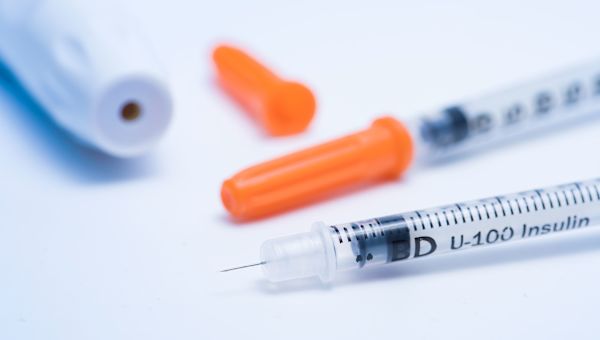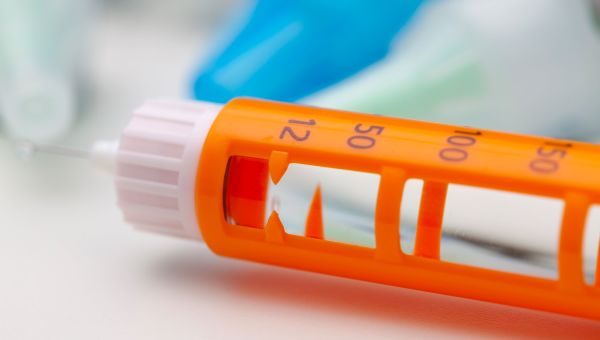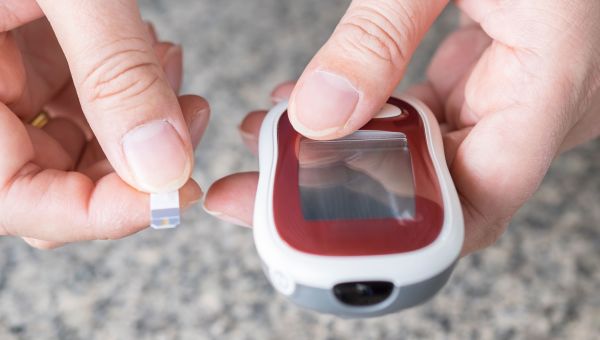4 treatments in addition to insulin for type 2 diabetes insulin therapy
These treatments may be used in combination with insulin to reach your goal.
Updated on October 28, 2024

Insulin therapy is one of many treatment options for type 2 diabetes. It utilizes a bio-identical version of insulin, a hormone made in the pancreas that the body requires in order to use glucose. When a person has type 2 diabetes, their body is no longer able to effectively use the insulin it makes. With insulin therapy, insulin is taken by injection (or less commonly, with an inhaled version). It works in place of the insulin that would normally be made by the pancreas, helping the body to use glucose.
Insulin therapy isn’t usually the first line of treatment for type 2 diabetes. Most type 2 diabetes patients begin taking insulin after lifestyle changes and other medications were unsuccessful in getting blood glucose levels to goal.
If you are having trouble getting your blood glucose levels to goal, your healthcare provider may talk to you about using another medication along with insulin. This guide describes five treatments that may be used in combination with insulin to better prepare you for a conversation with your healthcare provider.

Metformin
Metformin is an oral medication and is one of the most commonly used treatments for type 2 diabetes—it’s estimated that over 120 million people worldwide take metformin. It is often the first drug prescribed to someone who has been diagnosed with type 2 diabetes and can also be used in combination with other diabetes medicines, including insulin.
For a small group of patients, metformin may not be a good option, as it can cause gastrointestinal distress, and very rarely increases the risk of lactic acidosis, a potentially fatal buildup of lactic acid in the bloodstream. Patients who have very advanced kidney disease, or significant ailments that affect the heart, lungs or liver, or who drink alcohol heavily may not be able to take metformin.
Glucose is produced and stored in the liver, and metformin helps control glucose levels by decreasing the amount of glucose produced by the liver. It also acts as an “insulin sensitizer,” which means it enables the body to better use insulin and counteracts the insulin resistance associated with type 2 diabetes.

GLP-1 receptor agonists
GLP-1 receptor agonists are typically taken by injection. They work by stimulating glucagon-like peptide-1 receptors, or GLP-1s, a type of incretin hormone that is made in the gastrointestinal tract. Incretin hormones regulate the release of insulin after eating.
When food is ingested, the GLP-1 signals the pancreas to release insulin, and also how much insulin to release depending on the type of food. GLP-1 agonists work by stimulating the GLP-1 receptor, helping the body to release more insulin. They also slow down gastric emptying—food moves through the digestive system more slowly. Slower gastric emptying can reduce appetite, and therefore caloric intake, which can be helpful to patients who are trying to lose weight.

DPP-4 inhibitors
DPP-4 inhibitors, sometimes referred to as gliptins, are oral medications that also work by helping the body use incretin hormones, but with a different mechanism of action than the GLP-1 agonists discussed in the previous slide. Because of the complex hormonal changes that occur within the body when someone has type 2 diabetes, the GLP-1 hormone is unable to remain active for more than a few minutes at a time. GLP-1 is deactivated by an enzyme called dipeptidyl peptidase-4. DPP-4 inhibitors work by interfering with this enzyme, allowing GLP-1 to remain active for longer, which helps stabilize blood glucose levels.

SGLT2 inhibitors
SGLT2 inhibitors are another oral medication. They are often prescribed to patients who are taking one or two oral medications to manage type 2 diabetes. Patients may already be taking an SGLT2 inhibitor when they begin insulin therapy and may continue taking it in combination with insulin. SGLT2 inhibitors can also be used as an add-on treatment to insulin therapy.
SGLT2 inhibitors work by blocking a protein called sodium-glucose cotransporter 2. Blocking this protein prevents glucose from being absorbed into the blood through the kidneys. Instead, glucose is eliminated from the body through urination. SGLT2 inhibitors also reduce the risk of cardiovascular death in patients with T2D.

Getting to goal
Type 2 diabetes is a progressive condition, which means it tends to change or get worse over time. This means that treatment plans must evolve too. Many people who have type 2 diabetes will find that they require different medicines and different approaches to treatment in order to get their numbers to goal. This may mean switching to a new medicine, using a different dosage of a medicine that you are already taking or adding a new medicine to your treatment plan. A healthy diet and regular exercise should be a significant focus in every type 2 diabetes treatment plan.
The good news is that patients today have many options when it comes to medicines that treat type 2 diabetes. All treatments should always be used exactly as prescribed by your healthcare provider, and any changes to a treatment plan should always be made under the guidance of a healthcare provider.
More On


video

article

slideshow


video


video
